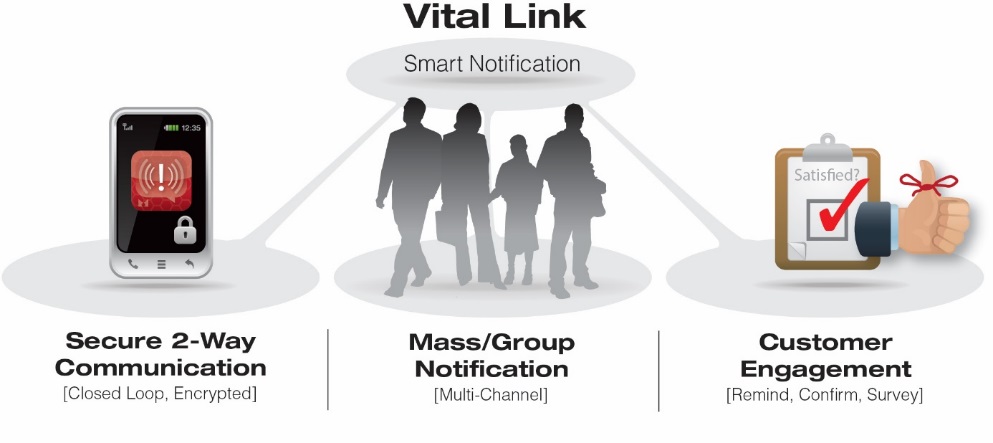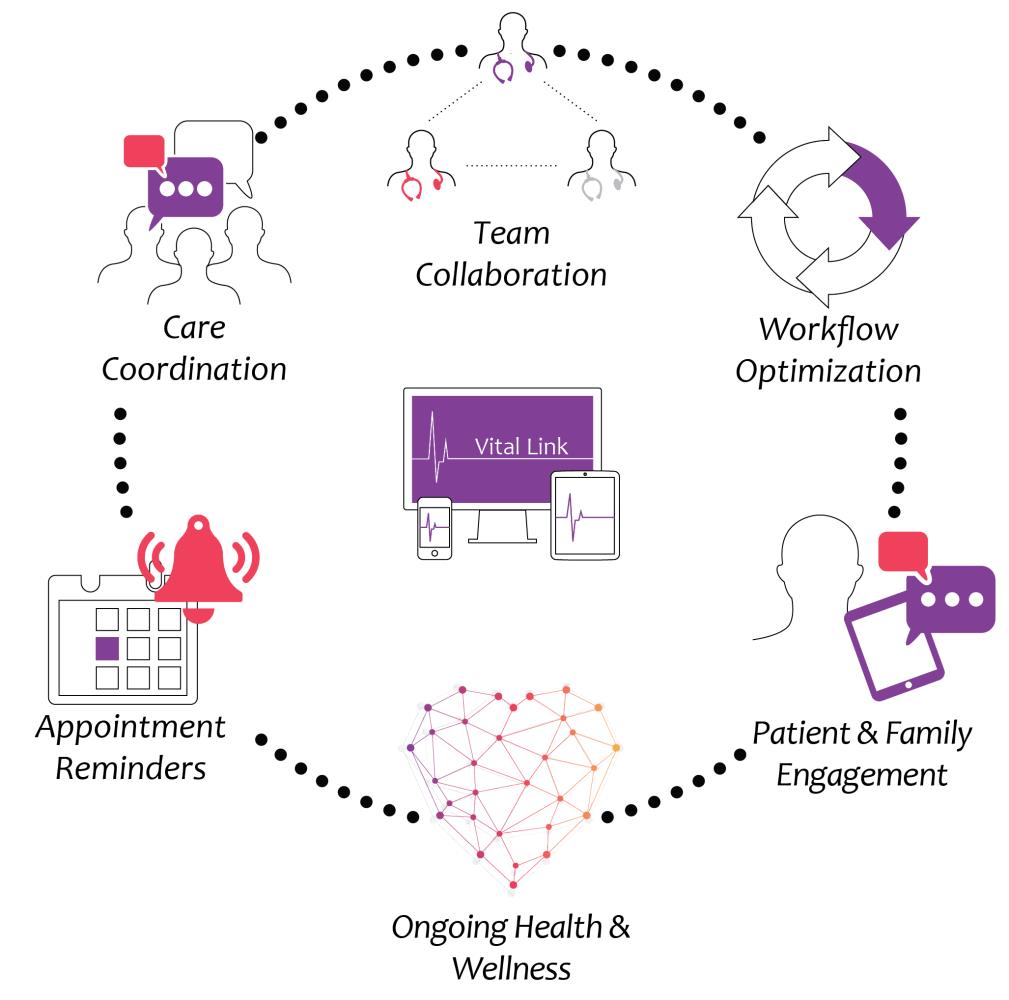A Match Made in “Tech-Heaven”
by James Lagger
United States healthcare providers are experiencing unprecedented pressures from a number of social, economic and political demands. These include: State and Federal budget cuts, Medicare/Medicaid reimbursement reductions, rising “Boomer” healthcare costs and, most recently, demands for cost- effective, outcome-based patient care practices and payment obligations as detailed in the Affordable Care Act.
Adding additional confusion and pressure to healthcare institutions, is the constantly changing political environment. What may be true today in terms of the healthcare environment may be different tomorrow. The basic mandate, however, is clear: Find ways to deliver quality patient care at a lower cost or suffer the consequences of reduced funding and other penalties. Eliminating sources of waste and error in today’s highly complex, multi-layered healthcare system is no easy task. Recent studies are increasingly pointing to obsolete, redundant, and ineffective communications systems as a clear challenge to meeting both healthcare and administrative goals.
While the impact on patients and families is clear, the significant financial fallout resulting from communication-related medical error and inefficiency is an undeniable source of concern for facilities already struggling under tight budgetary constraints. On top of legal liability, healthcare organizations are now facing additional loss of revenue and penalties for failing to meet value- based performance criteria as outlined in the Affordable Care Act and other recent Healthcare Reform initiatives.
In most cases, it is not for lack of communication that hospital errors are made. The actual challenge is the uncontrolled and undifferentiated communication that is at fault. Recognizing the opportunity to capitalize on this trend, numerous competing telecommunications software companies have launched mobile applications that support encrypted text messaging for healthcare users. However, while offering the benefit of HIPAA-compliant communication between mobile devices, such stand-alone apps are also adding another layer of technology for users to rationalize and for IT Departments to support.
Mutare Vital Link Workflow Communication Platform integrates three critical communication functions into a single platform supporting secure 2-way communication, mass notification and customer engagement. Users benefit from increased revenues and customer loyalty through interactive customer engagement tools, decreased costs for mass notification and increased regulatory compliance with full reporting and analytics.

Additionally, group alerts, emergency/patient surge notification and post-discharge patient follow- up are just a few of the critical communication systems demanding the equal attention of clinicians and the support of IT staff. New regulations are adding clear urgency to the need to upgrade these systems as facilities rush to conform or face stiff penalties.
Mutare has developed a Workflow Communications Platform that combines software engineering capabilities with inside knowledge of healthcare institution operations. This included the development of an advanced mobile and task management application for closed-loop communications that lets patient care team members securely share critical information from their mobile devices, resulting in enhanced collaboration, reduced error and swifter discharge. In addition, the platform can help to monitor and advise post discharge patients of their care plans to mitigate re-admits of patients. This is a benefit in today’s healthcare environment.

The platform itself is open and will integrate with other hospital systems, directories and patient databases. Healthcare IT Departments would be wise to consider a stable, secure, platform-based solution like Mutare Vital Link that easily integrates with, consolidates, and adds extended functionality to existing systems.
In conclusion, integrating workflow with communications is essential to the success of any organization. The ability to combine these functions on a single platform, that can integrate to other critical systems and databases, is especially important to healthcare institutions. The resulting outcomes will produce more informed staff, both clinical and administrative. This in turn will result in better patient care while the patient is inside the facility or following discharge. In addition, the healthcare institution will benefit from a more accurate exchange of information to keep their patient records current and will benefit financially from a workflow system that will better manage their activities and track results for various compliance requirements. This is a powerful combination that will produce powerful results.
*Some information sourced from Mutare Whitepaper “Why Today’s Communication Technology is Failing Healthcare Providers” by Mike Sorensen, President Mutare Healthcare




Comments are closed.